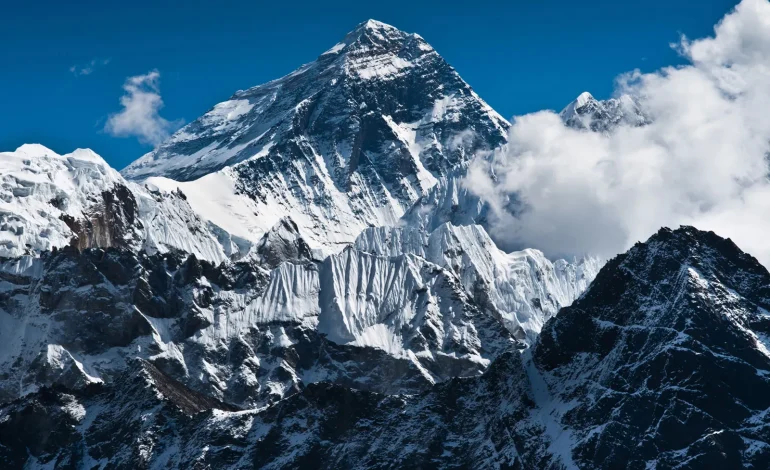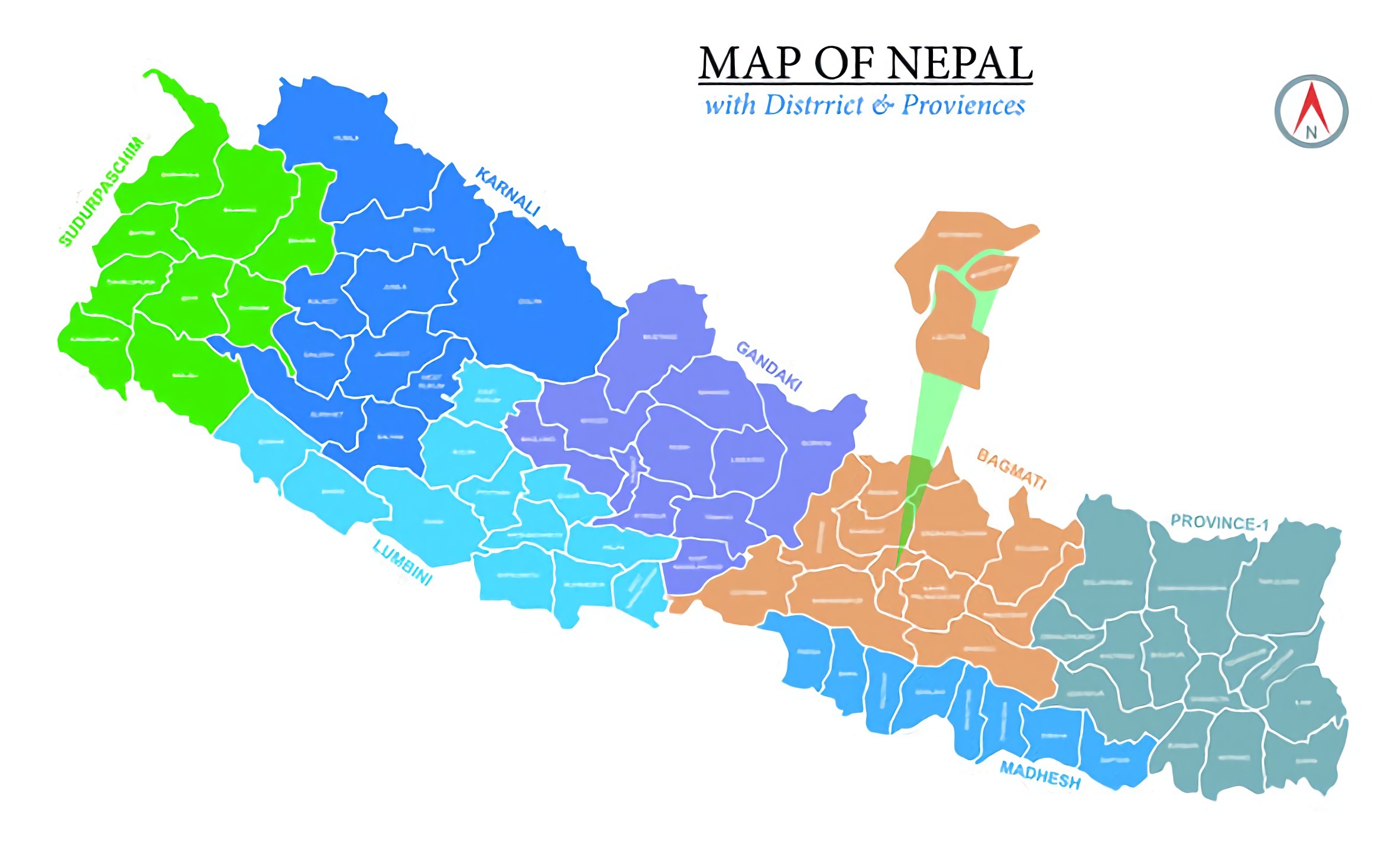Nepal | History, Flags, Maps, Language, National Symbols
- By Malika Karki
- June 25, 2022
Table of Contents
ToggleAbout Nepal
Nepal, also known as the Federal Democratic Republic of Nepal, is a landlocked country. Nepal lies along the southern slope of the Himalayans. The capital of Nepal is Kathmandu. Nepal lies between two countries, India and China. South Asia country Nepal is roughly trapezoidal with a country’s total land area of 147,516km2. From east to west, the Nepal area stretches about 500 miles (800 kilometers); from north to southern Nepal, it does so between 90 and 150 miles. It lies between latitudes 26° and 31°N and longitudes 80° and 89°E in south Asia.
The word “Nepal” first appeared in writing during the Vedic era of the Indian subcontinent. The early history of Nepal was also the time when Hinduism was beginning to become the main religion in the country. It has three geographical regions. They are Himal, Pahad, and Terai. Due to political instability, it is still one of the developing countries in the world. Infrastructure development like roads, hospitals, the agricultural sector(s), and other sites are developing in rapidly. Being a landlocked and tourist country economic growth of the population around tourist areas is increasing. The Constitution of Nepal, approved in 2015, recognizes Nepal as a secular federal parliamentary republic divided by seven provinces. Nepal became a member of the United Nations in 1955. Nepal made friendship treaties with India in 1950 and with China in 1960. Nepal is the host of the permanent secretariat of the South Asian Association for Regional Cooperation (SAARC), of which it is an original member. Nepal is also active in the Non-Aligned Movement and the Bay of Bengal Initiative. It is also a member of the Nepalese Armed Forces, the fifth largest of the forces in South Asia. It is well-known for its Gurkha ancestry, its involvement in international conflicts, and its significant commitment to United Nations peacekeeping missions.
Himal is the mountain region always covered with snow. The Himalayan region occupies northern Nepal. The Himalayan region consists of the highest mountain in the World, Mount Everest(8848 m). Mount Everest is also known as Sagarmatha in the Nepali Language. The Hilly region occupies central Nepal. The Hill Region, or Pahad in Nepali, ranges from 1,000 and 4,000 meters above sea level. It encompasses the most productive and populated region and Nepal’s largest city, the Kathmandu Valley. Two main hills, widely known as the Mahabharat Lekh and Siwalik Range (or Churiya Range), occupy the region. The Terai region of Nepal occupies the Lower area of Nepal. The Terai region of Nepal occupies about 17% of its total land. Nepal’s terai land is agricultural. Most of the people of Terai depend on agriculture. The Terai region is rich in water resources.
Where is Nepal?
Nepal is a south-central Asian country situated between China and India. Despite being surrounded by powerful nations, no hostilities have broken out and there is diplomatic relation between the two countries. Nepal is located on the Himalayan mountain ranges’ southern flanks. Some of the world’s roughest and most challenging mountain terrain is found in Nepal. Mountains cover around 75% of the nation.
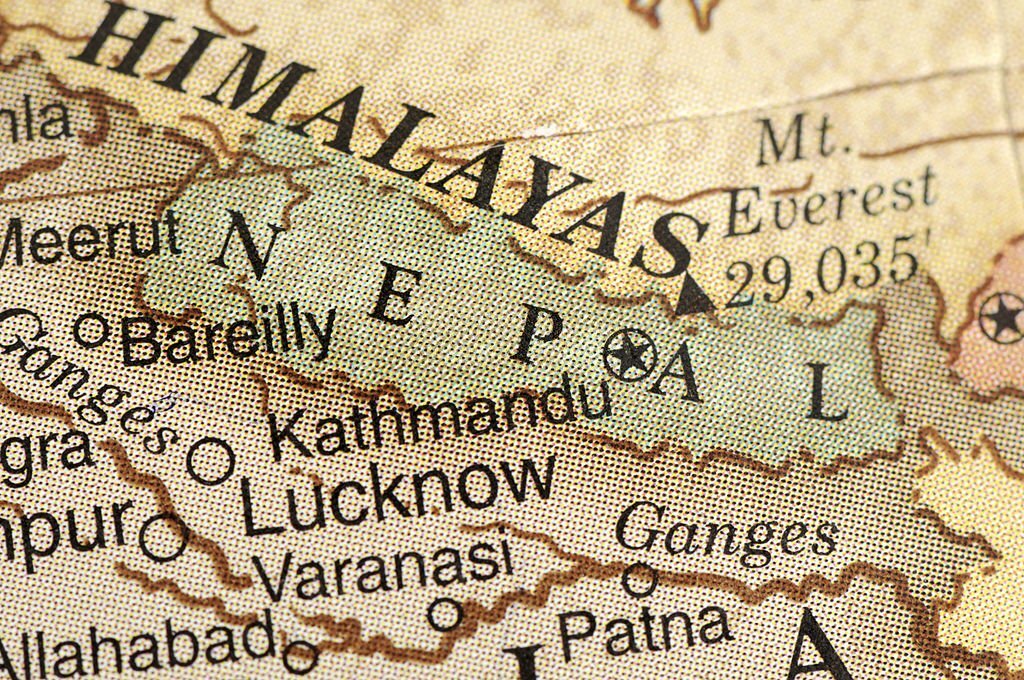
Map Of Nepal
Nepal is roughly trapezoidal in shape covering 800km (500 miles) from east to west and 200 km (120 miles) from north to south. The total area of Nepal is 1,47,516 km. Nepal consists of 75 districts and seven provinces.
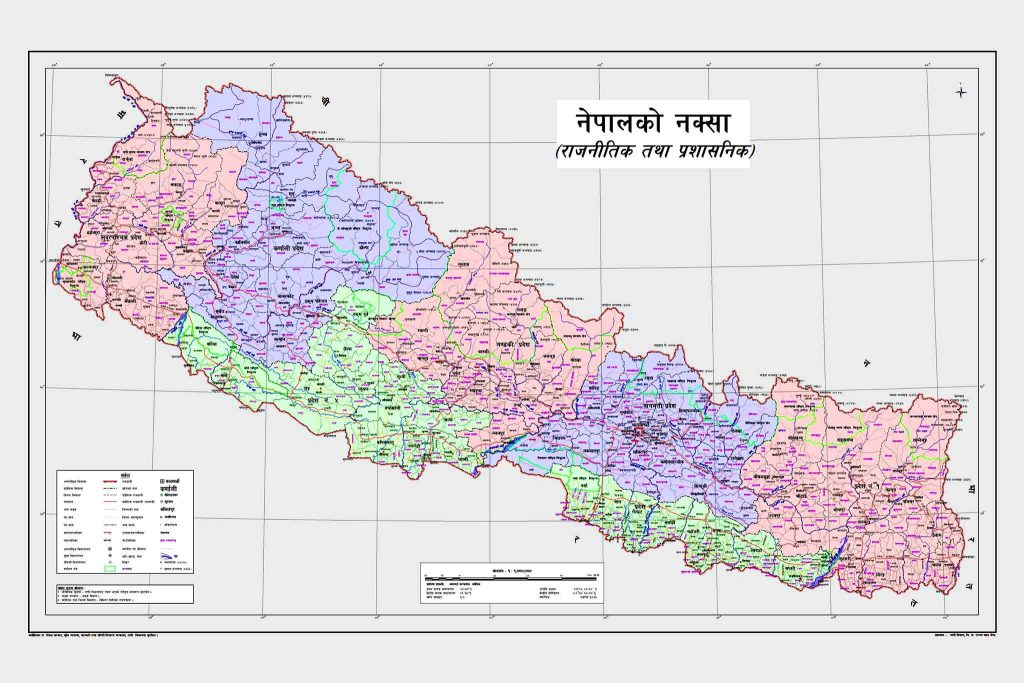
Nepal’s History
The earliest humans traveled from Africa to the Indian subcontinental plate 55,000 years ago. The first modern human settlements in South Asia existed around 30,000 years ago. Around the same time, the earliest archeological evidence discovered the human presence in Nepal. Evidence for the domestication of food crops and animals, the building of permanent structures, and the storage of agricultural surplus emerged after 6500 BC. The domestication developed as the Indus valley civilization. Ancient occupiers of modern Nepal and its neighboring area are people from Indus Valley Civilization. Before other ethnic groups like the Tibeto-Burmans and Indo-Aryans from across the border, the region may have been inhabited by the Dravidian people, whose history predates the beginning of the Indian subcontinent’s Bronze Age (about 6300 BC). By 4000 BC, the Tibeto-Burmans had crossed the Himalayas directly from Tibet to Nepal and traveled through Myanmar and north-eastern India.
Kusunda people are another contender for the first inhabitants of Nepal. According to Nepalese history, the Kusunda people, likely of proto-Australoid descent, were maybe the first occupants of Nepal. According to Stella Kramrisch (1964), there was a race of pre-Dravidians and Dravidians in Nepal before the Newars. They made up the majority of the earliest settlers of the Kathmandu valley. By the late Vedic era, Nepal was already mentioned in a number of Hindu scriptures, including the post-Vedic Atharvashirsha Upanishad and the late Vedic Atharvaveda. The Gopal Bansa was the first dynasty identified as the early kings of the central Himalayan kingdom known as “Nepal” in numerous writings. The Kiratas, who some sources claim ruled for more than 16 centuries, succeeded the Gopalas. The Mahabharata claims that the Kirata king of the time marched to Kurukshetra to participate in the Battle. King Janaka and his daughter Sita resided in Janakpurdham, the wealthy capital of Videha or Mithila; a kingdom stretched to the Ganges in the southeast.
Around 600 B.C., different small and big kingdoms emerge in Southern Nepal. From this kingdom, a small little prince found a Buddhism known to the World as Gautama Buddha. Nepal became a land of spirituality and refuge in the mediational centuries. It played an important role in transmitting Buddhism to East Asia via Tibet and preserving Hindu and Buddhist inscriptions.
And then Mayur Empire controlled the southern region. The development of the Ashoka Pillar in Lumbini (birthplace of Gautam Buddha) built by Emperor Ashoka. During his ruling time, Ashoka visited Kathmandu Valley and built different monuments in the memory of Buddha. Kathmandu valley was under the control of Kirats. The war between Kirats and Licchivs pushed karats out of the valley. Licchavi came into power around 400 A.D. The Licchavis built monuments and left markings; Nepal’s period history is almost entirely based on them. In 641, the Tibetan Empire’s Songtsen Gampo sent Narendradeva back to Licchavi with soldiers and subjugated Nepal. Parts of Nepal and Licchavi were later directly impacted by the Tibetan empire. The Lichhavi power ended. Thakuri rule started in the late 8th century. Thakuri ruled the country up to the 11th century. And this period is also called the dark stage.
Capital
Kathmandu is the capital of Nepal. Kathmandu city is the heart of Nepal and the most populated city in Nepal. The capital of Nepal, Kathmandu is a resident of the Newari people. Kathmandu, also called Kathmandu valley, is rich in arts and culture. Kathmandu is the main attraction for tourists in Nepal. The attraction to tourists is due to its attractive old design house with pagoda design roofs. Ancient old temples add more beauty to the capital of Nepal. Kathmandu is famous for wood carving and sculpture.
Politics
Nepal is a multi-party parliamentary democratic country. Nepal Communist Party(NCP), Nepali Congress (N.C.), and Janata Samajbadi Party, Nepal (JSPN) are the three main political parties recognized in the federal parliament. NCP and Nepali Congress are two main political parties that officially support democratic socialism. NCP is leftist, while Nepali Congress is presumed right-wing. Between the 1950s and 1990, Nepali Congress maintained the majority of seats in a short period of democratic activity. Communist Party was the competitor in 1990. Another emerging party entered named Maoist 2006 was the third-largest party. Following the 2017 elections, the first under the new constitution, the NCP, created by the union of the CPN (UML) and CPN (Maoist Centre), has taken power at the federal level and in six of the country’s seven provinces.
The Madhesi collaboration, made up of the Samajbadi Party of Nepal and the Rashtriya Janata Party of Nepal before they eventually united to form the JSPN, established the provincial administration in Madhesh Province (then Province No. 2) despite having very little influence elsewhere in the nation. Despite having a far lower representation, the Nepali Congress is the substantial main opposition to the communist party that controls all levels of government. In July 2021, Sher Bahadur Deuba, the head of the Nepali Congress, is prime minister.
Government
According to the constitution of Nepal, the country runs, defining Nepal as having a multi-ethnic, multi-lingual, multi-religious, multi-cultural country.
The government of Nepal has three parts:
- Executive
- Legislature
- Judiciary
Biodiversity
Being a small country, Nepal is home to a large diversity of plant and animal species. Due to the country’s huge difference in evaluation (60m from sea level to 8848 mount Everest) has a large biodiversity. The eastern part of Nepal receives more rainfall than the western portion resulting in richer biodiversity. The artic desert-type condition in the higher regions of the west part of Nepal is common. Nepal is inhabitant by numerous mammal species, bird species, reptile species, amphibian species, and many others.
The country has almost 4% of all mammal species, 8.9% of bird species, 1% of reptile species, 2.5% of amphibian species, 1.9% of fish species, 3.7% of butterfly species, 0.5% of moth species, and 0.4% of spider species. Nepal forests cover almost 59,624 km2, 40% of the country’s total land. The country has 35 types of forest and 118 ecosystems with 4.38% of scrubland, for a total forested area of 44.74%.
There are 107 endangered species, according to International Union for Conservation of Nature(IUCN). Of these, 88 are animal species, 18 plant species, and 1 species of fungi. Bengal Tiger, Red panda, Asiatic elephant, the Himalayan musk deer, the wild water buffalo, the South Asian river dolphin, critically endangered gharial, the Bengal florican, and the white-rumped vulture are some of the endangered animals. The illegal hunting of animals in recent days made Nepalese wildlife endangered. In response, the Government of Nepal established different National parks and Protected areas to preserve Nepali Wildlife. Chitwan national park and Sagarmatha national park are some famous National Parks.
People In Nepal
Nepal has a diverse linguistic, ethnic, and religious pattern due to the large ancient migration of Asian groups from North India, mainly Tibetan and Indo-Arya people. People of Indo-Arya descent were rulers and enjoyed a prestigious life for centuries. The migrants from the Tibeto-Nepalese population groups, including Rai, Limbu, Tamang, Sherpa, and Sunwar, occupy the north and east parts of the country. Magars and Tharus occupy western-central Nepal. Most famous Gurkha groups in the British army come from the Magar, Gurung, and Rai groups. Other ethnic groups include Newar and Tharus, considered to have settlements before Indo-Arya and Tibetian migration.
Language
The official language of Nepal is Nepali. There are altogether 123 languages spoken in Nepal. Most of the languages family belong to Indo-Arya and Sino-Tibeto Burman. There are regional variations of language found in the Terai and Mountains. Sino-Tibet Burman languages influence the north and east of the country. Magar, Rai, Limbu, Sunwar, and many others are using this language. According to the new constitution of the federal democratic republic country, all the languages spoken as the mother tongue are the nation’s language. About 44.4% of the total population groups speak Nepali languages. The second most spoken language of the country is Maithali, with a native speaker of 11.67%. Many are endangered languages according to the nation listings because of fewer speakers. Out of 129 languages, only 19 have more than 1 lakh speakers.
Religion
Almost 82% of the population are Hindu in Nepal. Nepal is one of the most religious country in the world. Nepal is the center for most of the Hindu pilgrimage. The famous Pashupatinath temple attracts the Hindu pilgrimage from different parts of the world, especially from India. Kathmandu Valley is also called the city of temples. Due to the maximum Hindu religion temples are spread throughout the country. Being a democratic country, Nepal is a multi-ethnic and multi-lingual, and multi-religious country. The major other religion of Nepali people is Buddhism, Islam, Kiratism, Christianity, Sikhism, Bahá’í, and some minority religion. Lumbini is a famous place for Buddhist people. It is the birthplace of Siddarth Gautam Buddha.
Flag
The national flag of Nepal is the world’s unique flag. Nepal’s flag is non-quadrilateral in shape. It contains three colors. Red, White, and Blue. The red color is a symbol of the national flower of Nepal rhododendron. The red color is also a symbol of bravery and victory. The blue color in the Nepal flag symbolizes peace and harmony. Since the Ramayana and Mahabharata eras, the red triangle flag has served as a Hindu victory symbol. Celestial bodies are the symbol of permanence and the desire for Nepal to survive as long as the sun and moon. While the sun represents a ferocious resolve, the moon represents the soothing and tranquil nature of the Nepalese people. The sun represents the heat and high temperatures in the lower region of Nepal, whilst the moon also represents the darkness and chilly weather of the Himalayas. Two non-quadrilateral figures represent Nepali mountains and a Nepalese pagoda.
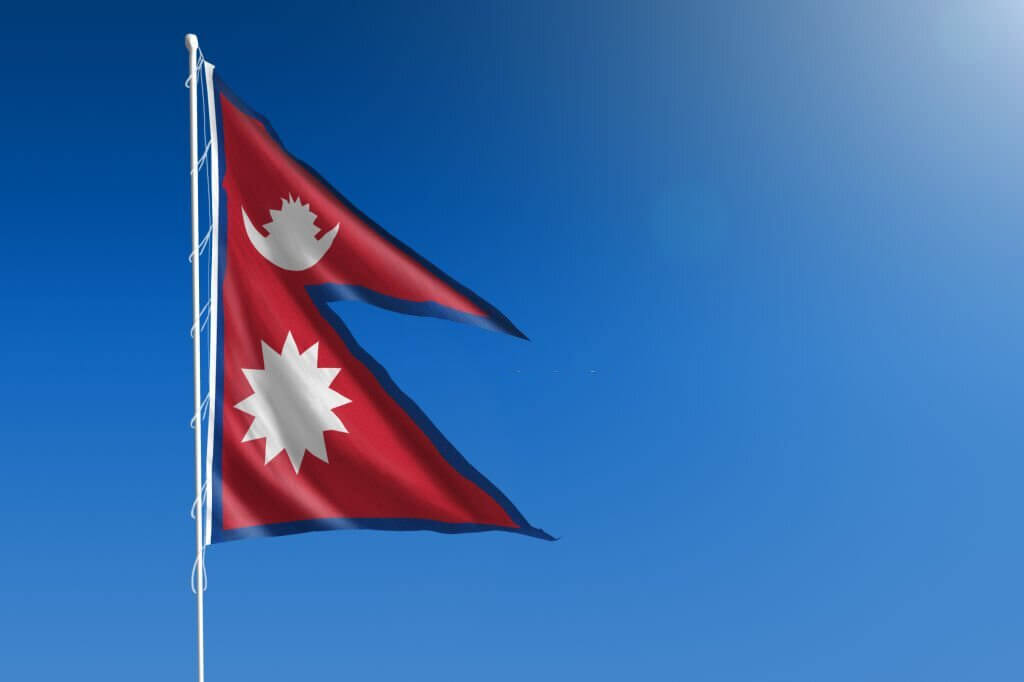
Economy of Nepal
The country’s economy largely depends on agricultural products and remittances. Nepal is one of the least developed countries in the world, hampered by a lack of sufficient resources for economic growth and a good transport network. The country entered the modern era without proper schools, hospitals, roads, telecommunications, electricity, industry, or civil services. In 1950, the country made progress towards economic growth. The private sector helped a lot for the country’s economic growth, and the living standard of people slightly changed compared to the past. Currently, the country’s biggest challenge for economic growth is an unstable government and corrupted leaders.
Agricultural products
The country completely depends on agricultural products. About 65% of the total population is engaged in Agriculture and provides a GDP of 31.7%. Only 20% of the land is suitable for agriculture, resulting in low agricultural productivity. Traditional techniques are used for farming, lack of modern equipment and good fertilizer reduces productivity. In most parts of the country, farmers completely depend on rainwater due to a lack of irrigation facilities. Fruits and vegetables like apples, tomatoes, potatoes, and crops like rice, wheat, maize, etc. are harvested in lower land Terai.
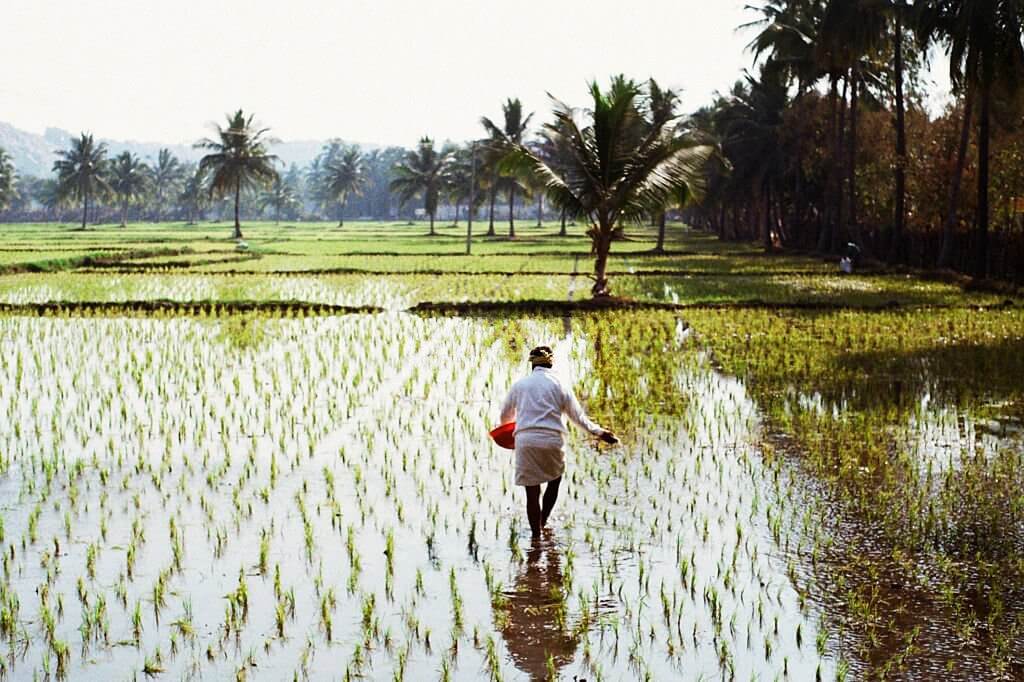
Forestry
About 40.36% of the total land of a country is covered with forest. Despite over-cutting and poor management, timber is one of the country’s most valuable resources and a major source of potential revenue. The export of forest products is an important source of Indian rupees. The country exports different medical herbs to India. The sawmills of Nepal Timber Corporation, a state-owned timber processing plant, supply construction and furniture timber to the Kathmandu Valley.
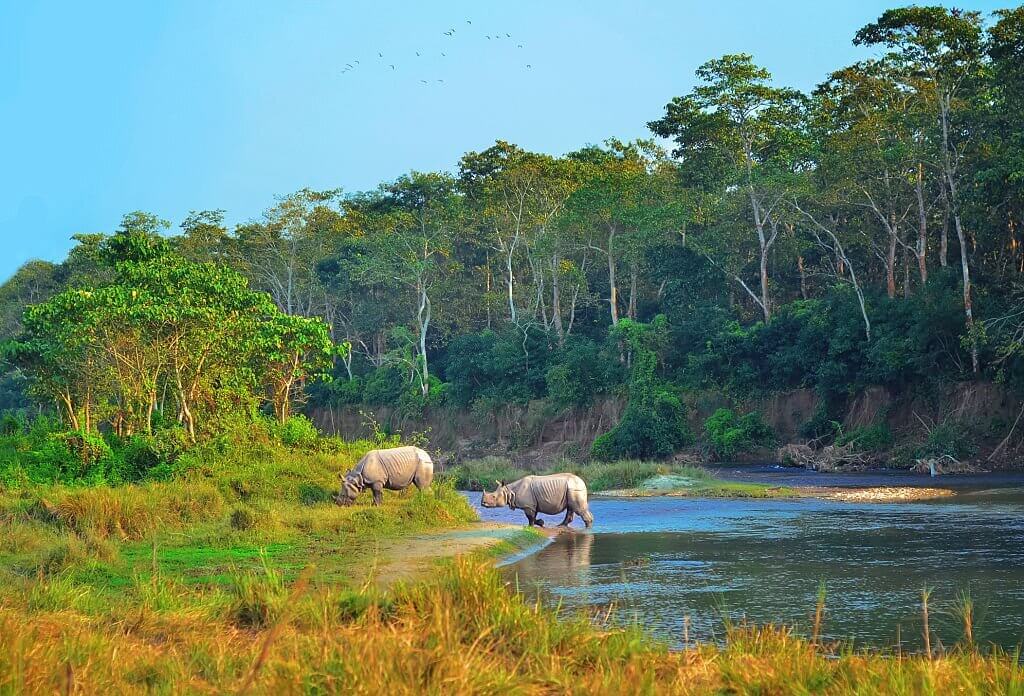
Tourism
Tourism is one of the fastest-growing industries in Nepal. Foreign tourism is mainly limited to the Kathmandu Valley, an area full of essential hotels, foodstuffs, roads and transport services. Nepal’s tourism employs millions of people, contributing 7.9% of the total GDP. Different destinations are contributing to tourism development in the country. Some famous destinations are Pokhara, Annapurna circuit trek, Mount Everest, Lumbini, Sagarmatha national park, Chitwan national park and many other sites. There are 10 UNESCO-listed heritage sites-Pashupatinath Temple, Boudhanath Stupa, and Kathmandu Durbar squares are some of them. Nepal, officially opened to Westerners in 1951, became a popular destination in the 1960s and 1970s, at the end of the hippie trail.
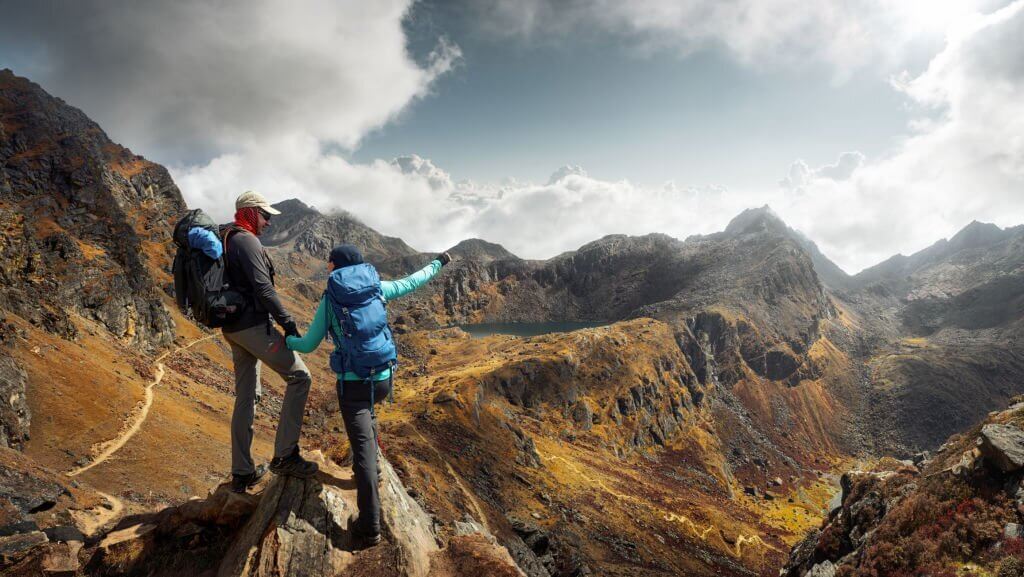
Infrastructure
Resource
Nepal’s mineral resource is small, scattered and in the development phase. Until now, discovered resources are coal (lignite), iron ore, magnesite, copper, cobalt, and pyrite, which are used to make sulfuric acid, limestone, and mica. The country is rich in water resources and provides immense potential for hydropower development. Nepal could generate more than 83,000MW of electricity in Nepal. The utilization of water resources and exporting to other countries can be helpful to uplift the economic condition of Nepal.
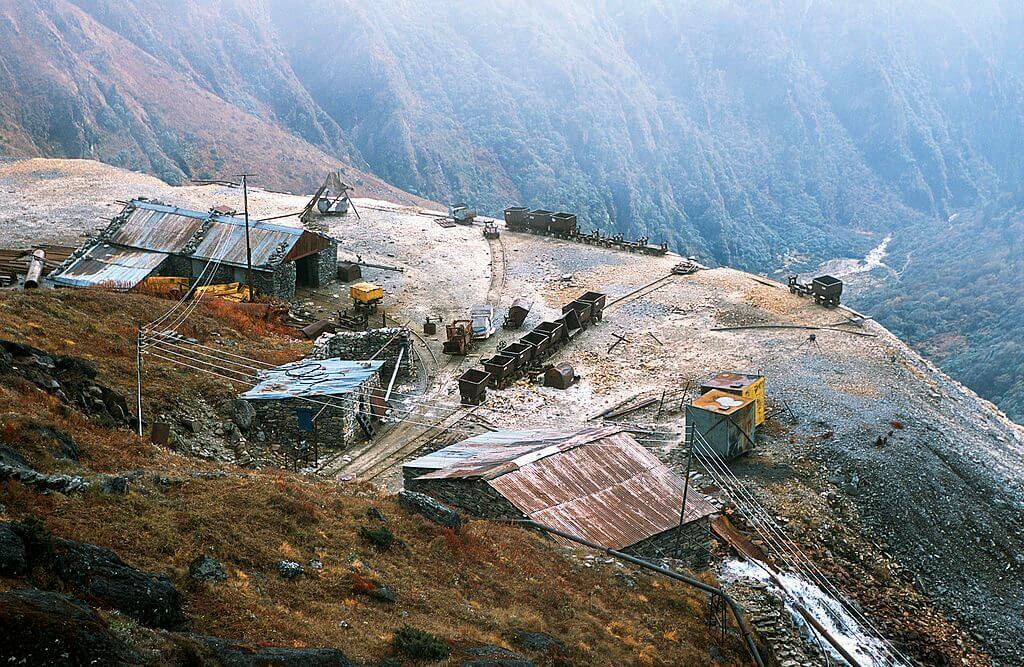
Transportation in Nepal
Nepal offers you a limited transportation facility. The development of transportation in the country is very challenging. Being a mountainous country, rough and rugged terrain is quite familiar. Roadway and airway is the only mode of transportation in the country. Due to rugged terrain, building roads in the Hilly and Mountain region of the country is difficult and expensive. Within the country, there are 47 airports, and flights are almost possible in every district. The railway network is not developed due to difficult geographical regions. Only one Janakpur railway of 53km is in use.
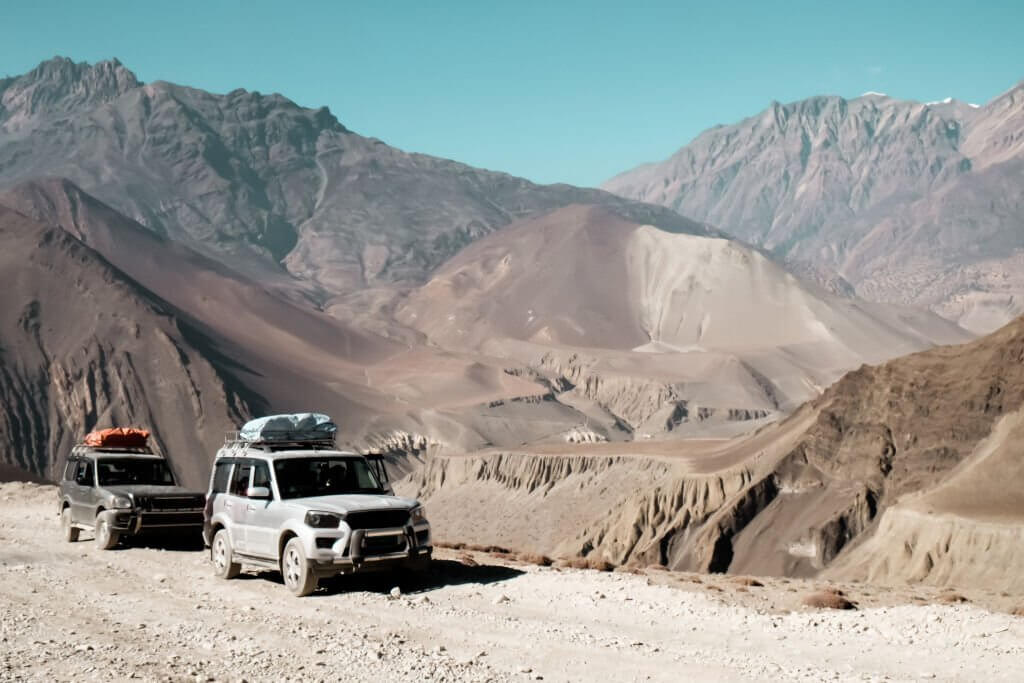
Culture and Society
The Nepalese society comprises hundreds of hereditary groups defined by social hierarchy. The country’s caste system consists of social stratification and social restrictions in South Asia. The untouchability between the higher and lower cast is common in society. Although untouchability is illegal according to the 1963 law still problem is not solved in the village area. In a developed city like Kathmandu valley, in the workplace, colleges and schools caste system is pretty much low than in other regions of the nation.
Due to proper education in the country, multi-generational joint family is common in Nepalese society. Although in the country’s urban area, the nuclear family is common in Nepal. Child marriage is common among rulers area of nations. Parents in the ruler area of Nepal arrange their children’s marriages without their consent at a very young age, most of those between 12-16 years.
National Symbols
The National Flower Of Nepal is Rhododendron also called “ Laliguras ” in Nepali. Rhododendron is beautiful and has more than 1000 species. Laliguras is basically red in color and found in the Hilly part of Nepal. Rhododendron adds beauty to the hilly Himalayan region of Nepal blooming in the Spring season. It Can be used for medical purposes.

National bird of Nepal is Lophophorus. It is also pronounced as Danfe in the Nepali language. Lophophorus is not found in every part of Nepal. It is only found in higher altitudes in Nepal. The Color combination of Lophophorus is unique which makes it attractive and beautiful.
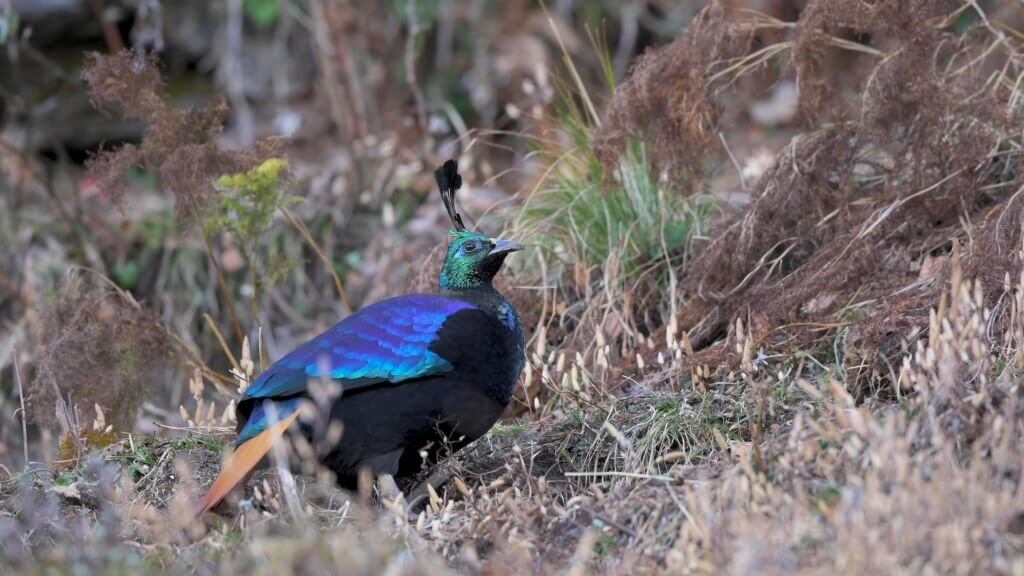
National dress of Nepal is Daura Shurwal and Gunyu Cholo. Daura Shwral is for men and Gunyo Cholo is for women. The national dress also has some beliefs. The eight strings in Daura Shurwal are considered the lucky number. In Nepal wearing Daura Shurwal and Gunyu Cholo is common on special occasions.

National game of Nepal is volleyball. Previously “Dandi Biyo” was previously the national game of Nepal. In May 2017, volleyball was declared the national game by the government of Nepal. Dandi Biyo is a game played with sticks. It is a simple game but was difficult to play in all geographical regions. Volleyball was declared because of its popularity and played all over the country.
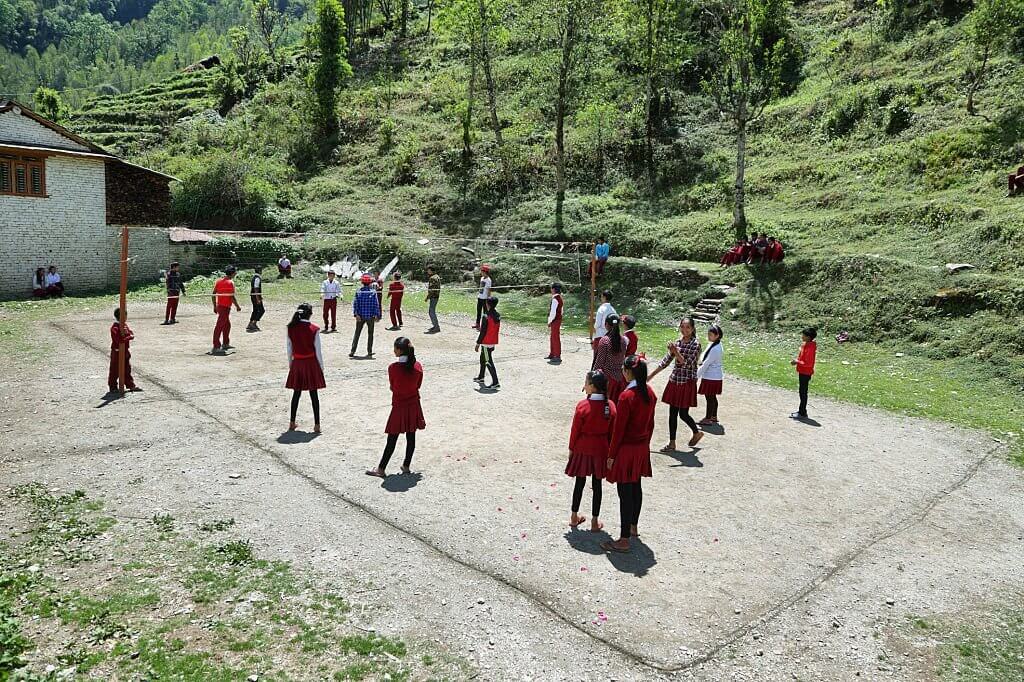
National food of Nepal is Dal Bhat and Tarkari. Dal is pulse and Bhat is rice. Basically, dal baht is a mixture of rice and pulse. Another important dish taken with DalBhat is “Gundruk ”. Gundruk is made from radish leaves. Gundruk is famous and is found in every part of nation.
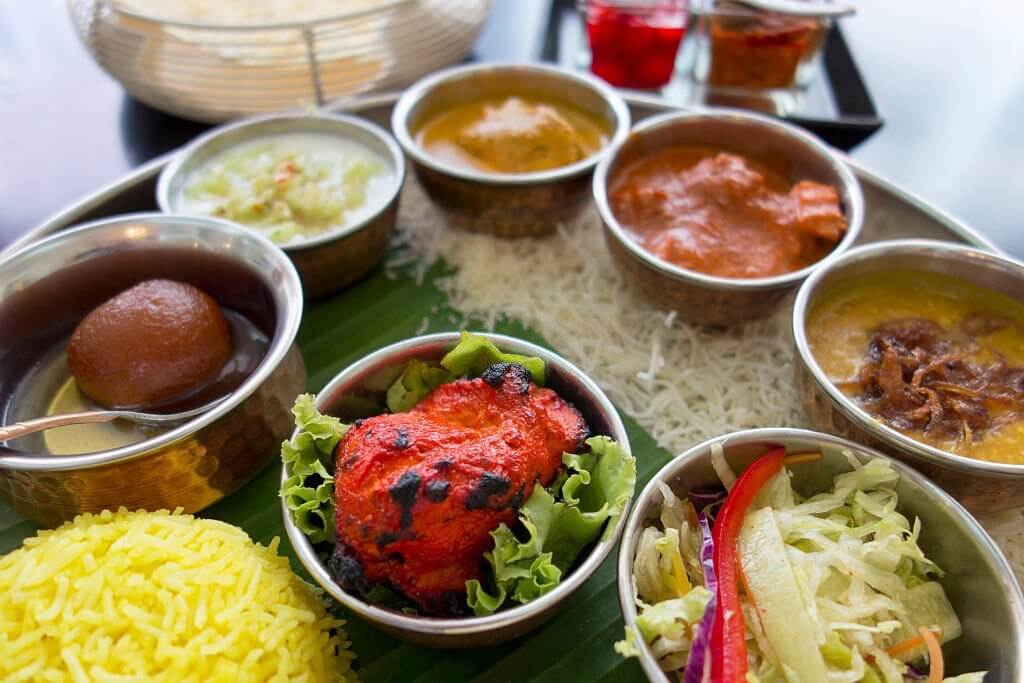
Cow is the National animal of Nepal. Due to the majority of Hindu people, there is a tradition of worshiping cows. They worship cow as the incarnation of the goddess Laxmi. In Nepal, the festival of cows is also celebrated as Gai Tihar. The killing of cows for meat is extremely prohibited in the nation.
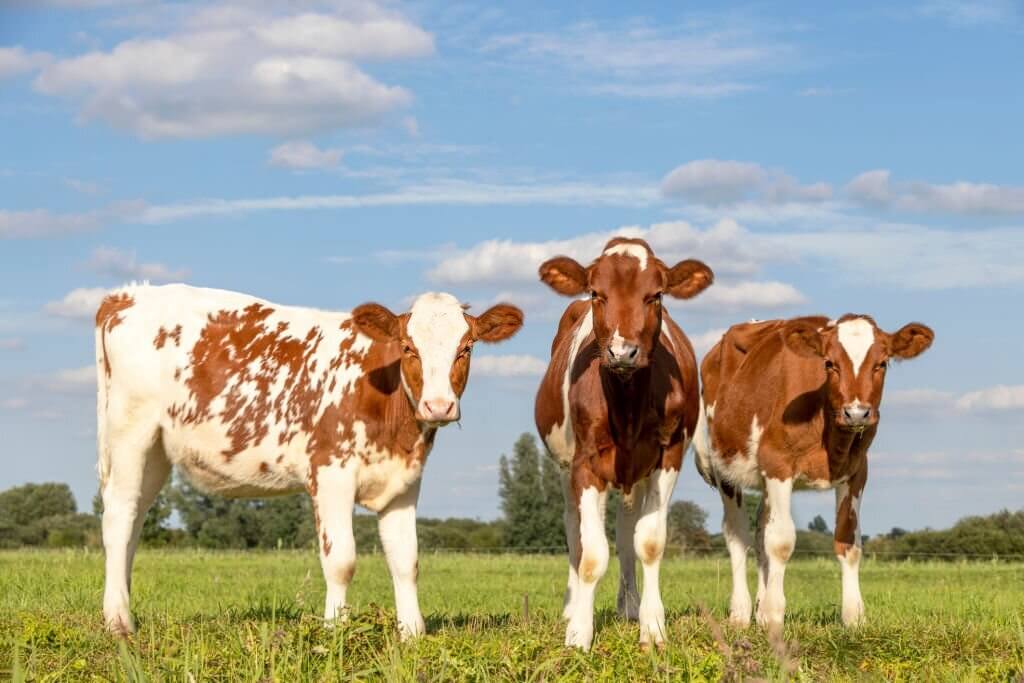
Art and architecture
Nepal is rich in Art and architecture, the famous stupas and pagoda style temples are example of it. The art of dividing living spaces is called architecture or Bastukala in Nepali language. One of the oldest known and famous architecture of nation are stupas in and around Kapilvastu district( birth place of Gautam Buddha). The architecture of Nepal is excellent in both religious and scientific point of view. Nepali art and architecture holds a great importance and is in hormony with with the ancient history and lifestyle of Nepali people. The characteristic architecture associated only with Nepal was developed and refined by the Newari artisans of the Kathmandu Valley even after the Lichhavi period.
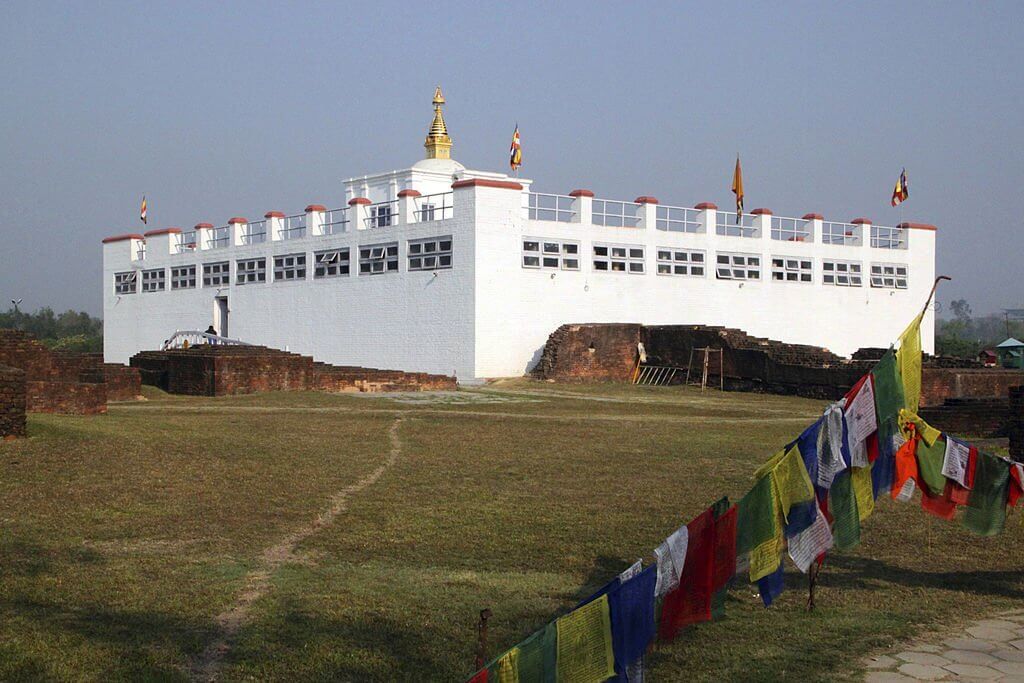
One of the Chinese travel book of 650A.D, describes Nepali architecture, mainly made of wood, rich in artistry, as well as wood and metal sculpture. The book describes the beautiful seven-storied pagoda with copper tiled roof. Due to the majority of hindu and Buddhist ruler in Nepal from ancient period, the shadow can be seen in the architectural buildings, temples and heritage site of Nepal. Other religions like Muslim and Christianity architectures is rarely seen in the nation. As Nepal was only ruled by Hindus and Buddhist religion and more still now 75% of population groups are Hindu, architectural buildings of Hindu and Buddhist are common in Nepal.
Pagoda Style Architecture
A typical Pagoda style was introduced in Nepal before 13th century. A pagoda style temple is built with woods carved with geometrical shapes and roof with clay or copper tiled. Nepalese architecture was introduced by Arniko in China, which has become famous characteristics of Chinese Architecture. Pashupatinath temple, Changu Narayan temple, Muktinath temple, Nyatapola Temple is some excellent examples of Pagoda architecture. Many Pagoda style temple were built during the Malla Period.
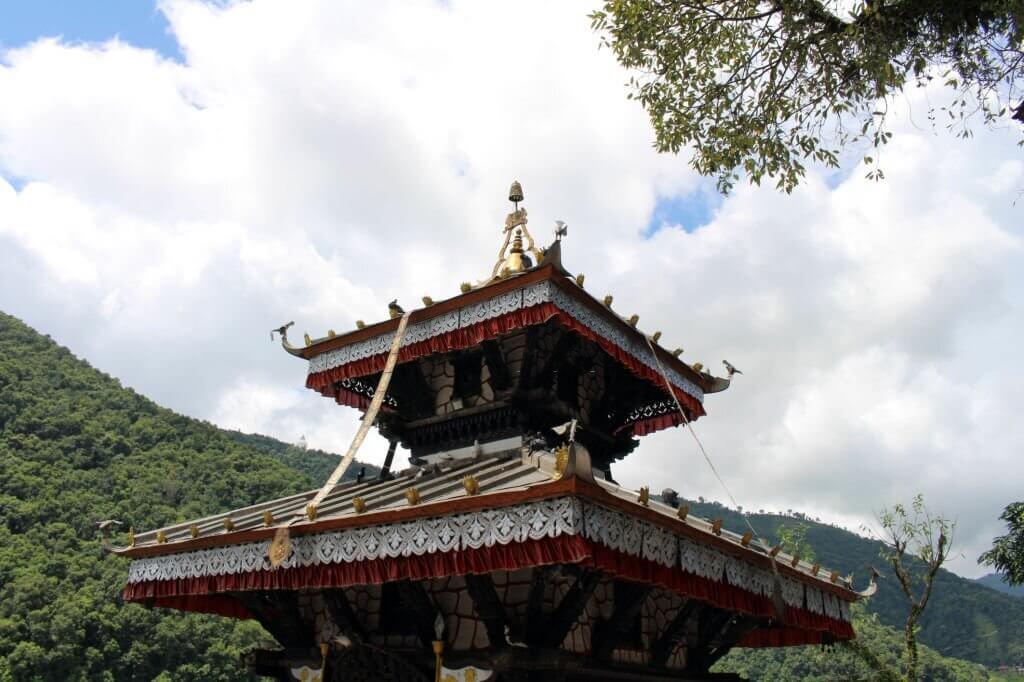
Stupa Architecture
Stupa is style of architecture having board base and gradually tempering upwards or hemispherical structure that is used by Buddhist monks to meditate. Stupa architecture is common in Nepal. The founder of Stupa Archetecture is Emperor Ashoka in Nepal. One of the finest stupa in nation is Maya Devi Temple of Lumbini, Kapilvastu. Stupa design is famous in Nepal since ancient time. Boudhanathy and Swayambhunath are famous stupas of Kathmanu.
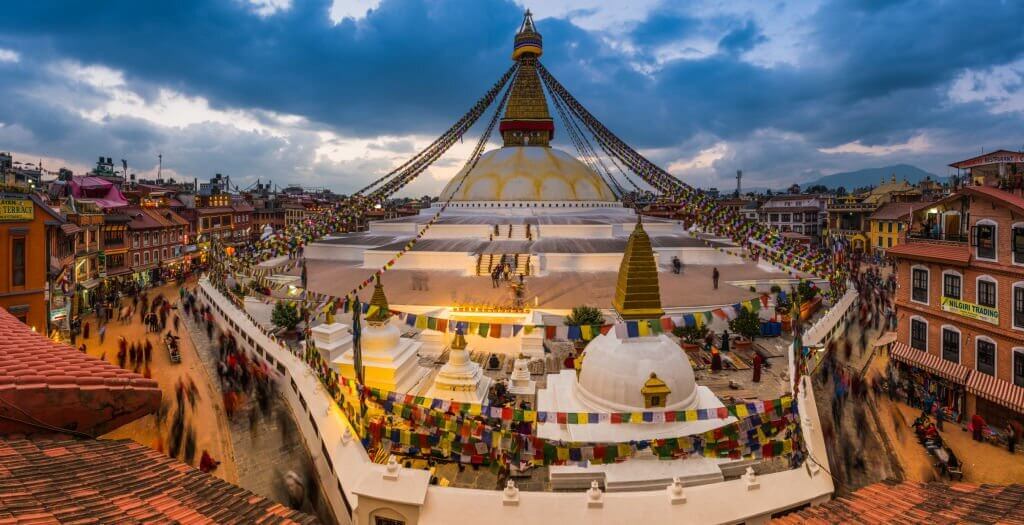
Flag of Nepal- Nepali Flag
The national flag of Nepal is the world’s unique flag. Nepal’s flag is non-quadrilateral in shape. It contains three colors. Red, White, and Blue. The red color is a symbol of the national flower of Nepal rhododendron. The red color is also a symbol of bravery and victory. The blue color in the Nepal flag symbolizes peace and harmony. Since the Ramayana and Mahabharata eras, the red triangle flag has served as a Hindu victory symbol. Celestial bodies are the symbol of permanence and the desire for Nepal to survive as long as the sun and moon. While the sun represents a ferocious resolve, the moon represents the soothing and tranquil nature of the Nepalese people. The sun represents the heat and high temperatures in the lower region of Nepal, whilst the moon also represents the darkness and chilly weather of the Himalayas. Two non-quadrilateral figures represent Nepali mountains and a Nepalese pagoda.
Climates of Nepal
Climates of Nepal, the weather can range from subtropical in the lowlands to freezing at high altitudes. There are 5 distinct seasons in Nepal: summer, monsoon, autumn, winter, and spring. The Himalayas block the cold air in winter, making it very warm south of the Himalayas of Nepal.
On the other hand, the Himalayas experience snowfall and extremely frigid temperatures during the winter. The climate of Nepal varies from subtropical monsoon conditions in the Tarai, through a warm temperate climate between 4,000 and 7,000 feet in the mid-mountain region, to cool temperate conditions in the mountains part between 7,000 and 11,000 feet, to a alpine environment between an altitude of 14,000 and 16,000 feet along the lower slopes of the Himalaya mountains. These variations are caused by elevation as well as by Nepal’s location in a subtropical latitude. The temperature is always below freezing and the ground is covered in snow and ice at heights higher than 16,000 feet. The eastern Terai region receives a lot of rain (which receives from 70 to 75 inches [1,800 to 1,900 millimeters] ).
Rivers
Nepal is rich in water resources. There are altoughter more then 6,000 big and small rivers in Nepal. There are 8-10 snow capped mountains more then 8,000 meters in Nepal. Nepalese Mountains is the source of rivers of Nepal. The country is also known as mine of water. All the major rivers of nation starts from Tibet (as Nepal shares border with Tibet in North).
Nepal has three category of rivers. Out of those first category rivers are big and main reason of causing natural disasters like flood and landslide in the lower himalayan region of the nation. Koshi, Gandaki and Karnali are the main first category rivers originated from high mountains range. Each of the river has seven branches-Sapta Koshi, Shapta Gandaki, and Sapta Karnali respectively. The origin of these river are from himalayas so the flow of water is full in every season. Mechi, Kankai, Kamala, Bagmati, Rapti, are some of the second category rivers in Nepal. These rivers are small and merge with big rivers of nation. The origin of these rivers are from Mahabharata range.The third category are small rivers originated from chure hills and dryup in summer winter season.
In Nepalese culture, rivers are holy centers and most of the Neplease culture are related to rivers. Most of the religious sites are on the bank of rivers. The festivals like Makarsamkranti, Rishirarpani, Rishipanchami and Chhaith are closely associated with riverside. Million people(s) gather on the bank of river to take a holy bath in Makarsamkranti festival. The celebration of mela and Jatras are common in river side. The people of Kathmandu valley celebrate Gangamai Jatra on the bank of Bagmati river.
The rivers of the Nepal have high potential for development of hydro electricity. The Nepalese government with development partners(India, Japan, World Bank, Kuwait etc) are jointly working on the hydroelectric development projects. The government working jointly with India in two hydroelectric projects on Koshi and Narayani rivers. In pesent condition the rivers of Nepal are unacceptable for drinking due to pollution. Small rivers epecially those dryup in winter or discharge is small, are polluted by unmanaged waste and careless of government. Unmanaged expansion of towns and cities are also main reason of river pollution. Being a holy river (Bagmati), in Kathmandu valley is one of the most polluted rivers of Nepal.
Land
Being a small landlock country with area of 1,47,181 square kilometer of central Asia, divided into three geographical belts sharing borders with two countries. Nepal consists most difficult and challenging land in the world. The terai lying on southern slopes covers 20% of land area sharing border with India, the Hilly region covers 56% of land area and the mountain region covers 24% of land area sharing border with China. The terai is plain, fertile and only land suitable for agriculture. The hill region of Nepal difficult rugged land and third is Great Himalayan range.
The terai stretches about 33,998.8 square kilometer, situated in Indo-Gangetic Plain and experiences tropical savanna climate, dry winter and hot in summer. It lies at an evaluation of between 67 and 300 m with temperature around 20–28 °C (68–82 °F). Terai is crossed by continues flowing Himalayan rivers like Koshi, Karnali and many other making it suitable for agriculture.
The Hilly region lies on the south of Mountain region(called pahad in Nepali Language). It lies at an evaluation of between 1,000 and 4,000 meters. It consists some of the most developed and Capital of country(Kathmandu valley most developed and urbanized city of Nepal). The hilly region is one of the most populated belt due to immigration from Tibet and India. The lower hilly region is densely populated but higher hilly region(above 2500m) is sparsely populated due to difficult climatic condition and lack of proper facility like drinking water supply, electricity etc.
Himalayan region is the complex system of mountain range. It lies at an evaluation of between 8,000 to 14,000 feet. Mountain region consists most rugged lands with extreme difficult climatic conditions. In early 90’s mountain region was food-deficit area due to lack of transportation facility. The Himalayan range consists highest peak in the world, Mount Everest and some other famous mountains like Annapurna, Kanchenjunga etc. Himalayan range is home for different ethnic groups among them Sherpas are famous ones.
Sports In Nepal
Football and Cricket are the Professional Sports in Nepal with huge fan following. In recent FIFA ranking, Nepal is ranked 176 in world and ranked third among the South Asian countries. Being in the Third position the Nepali player has never won a regional Tournament(SAFF championship). However, Nepali Circket Team holds an ODI status and always ranked top 20 in ICC and T20 rainkings world. The Nepal National Team is governed by Cricket Association OF Nepal(CAN). Nepal has never won an Olympic but won many models in South asian games and Asian Games like athletics and martial arts. Games like basketball, volleyball, badminton futsal and many others are also gaining popularity in many parts of the nation.
Different other Nepali sports(indeginious sports) like Dandi Biyo (previously national sports of Nepal) and Kabbadi are commonly played in rular area of the nation. Games like Baag Chal and chess is common among the old men in the nation. Baag chal game is originated in Nepal and played in chalk drawn board with small stone pebbles and still popular in the rular area of the nation. Games like ludo, snake and ladder and carrom is popular games among the children in the nation. Gulley Cricket in urban area is also famous among men’s.
The sports in Nepal is not developing due to proper facility to players. There is only one international stadium in Nepal ie Dasharat Stadium.The government is currently building Gautam Buddha International Stadium in Chitwan District of the Nation. The Dasharat stadium is home ground for both Nepali men’s and women national football player since the formation of National team. Similarly, Nepals home ground for cricket is Tribhuvan university International cricket ground often called TU ground. The maximum number of national player of nation comes from Nepal Polica, Nepal armed police and Nepal Army. The lack of development of sports in little Nepal is due to lack of infrastructure, political instability and corruption.
